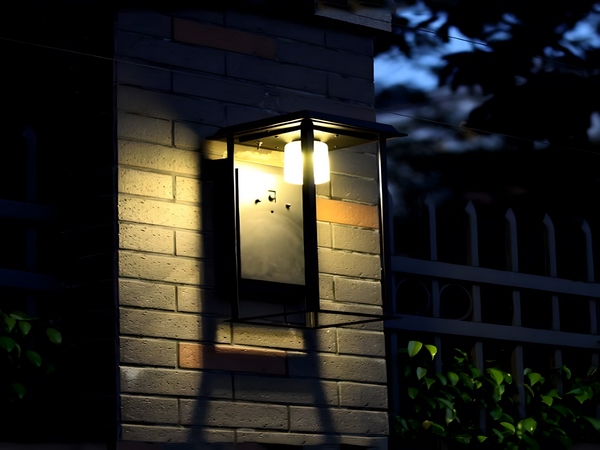

Solar garden lights consist mainly of solar panels, batteries, and controllers. They utilize solar radiation as their energy source, charging the batteries during the day with solar panels and discharging the light source at night. Each solar garden light comes with a remote control, which primarily serves the functions of turning on and off and setting the lighting duration. However, many consumers are unsure how to assess the quality of solar garden lights when purchasing. To assist with this issue, the following tips are provided.

1. First, understand the light head of the solar garden light, specifically the LED light head. The thickness of the housing is a factor; the internal structure consists of aluminum substrate and aluminum plate. By comparing the dimensions and thickness of these components, the quality of the light head can be roughly determined.
2. Check if the battery is a dedicated battery for solar garden lights. Many small companies now use starting batteries for energy storage, which can severely impair the lifespan of solar garden lights.
3. Examine whether the pole of the solar garden light has undergone hot-dip galvanization and cold-dip galvanization treatments. You can determine this by observing the cut edge; in hot-dip galvanization, the cut edge still has a plating layer, while cold-dip galvanization will show no plating on the cut edge. Poles that have undergone hot-dip galvanizing typically last over 20 years, whereas those with cold-dip galvanizing generally last about 1 year.
The above points on how to identify the quality of solar garden lights are shared here. In summary, the quality of solar garden lights directly affects their performance. I hope everyone can learn to distinguish the quality when selecting solar garden lights and avoid being deceived by unscrupulous sellers, while also remembering to consume rationally.



